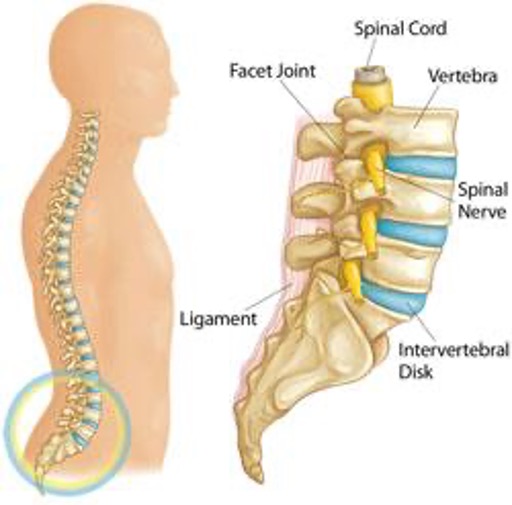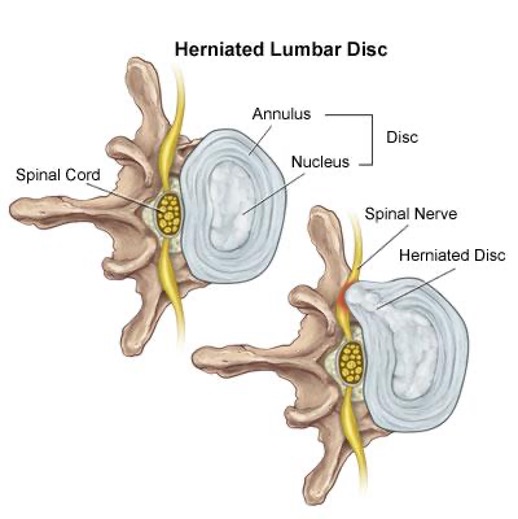By far the most common complaint of patients who come in for chiropractic care is “back pain” of some kind. In addition, the lower back is a notorious problem area because it takes unnatural strain during daily life for many. This is often because sitting and a desk and physical labor are both movements that stress the lower back. So, what are some of the worst low back conditions? This article will discuss the most notorious low back conditions – and how we approach them.
Notorious Low Back Conditions
Lumbar Strains and Sprains
A lumbar strain is when an injury occurs to the muscles of the low back. A sprain is an injury to the ligaments or joints. Both injuries however have similar pain and symptom patterns. When these muscles or ligaments become injured, it can lead to compensation or dysfunctional movements, and cause instability in the spine. Patients suffering from this diagnosis often have pain when attempting to walk, sit, exercise. In addition, pain can even occur during sleep.
The main physical causes of this condition are:
- Overexertion
- Falls
- Poor movement mechanics
- Poor posture
- Heavy lifting
However, with proper education, you can protect yourself from many of these causes. The primary sufferers of this condition, especially chronic cases, often are in poor physical condition with weak stabilizing muscles. An additional factor of this condition is often a desk job that involves sitting for most of the day. This type of patient usually has poor sitting posture, which can lead to a weakening of spinal erector muscles and destabilize the spine, contributing to the condition. The importance of a strong core and training your spinal muscles cannot be overstated.
In cases where the injury stems from a problem related to overuse, poor posture or improper exercise, you can take steps to help prevent these injuries. In addition, proper instruction about your postural habits can reduce the detrimental effects of sitting on the spine. Moreover, education about correct lifting form can reduce these episodes of low back pain and help you build a healthy spine.
Lumbar Disc Disorders

The lumbar spine is made up of five bone segments called vertebrae. In between each vertebra are flexible intervertebral lumbar discs, which act as shock absorbers for the spine. The intervertebral discs are composed of two components:
- A tough outer ring of fibrous tissue called the annulus fibrosis
- A jelly-like center inside the annulus fibrosis called the nucleus pulposus
The structure is then held together by ligaments on the front and the back of the vertebrae. Additional support is provided by muscles of the trunk.
In most cases, lumbar disc disease is the result of a normal aging process called disc degeneration which causes structural changes in the normal disc. As we age, the disc begins to lose fluid and become dried out causing the disc to compress. This may lead to the breakdown and degeneration of tough outer ring of the disc (annulus fibrosis) allowing the inner core (nucleus pulposus), to bulge out. This is considered a bulging disc.

This puts pressure on the outer ring of the disc, which may cause low back pain. As further degeneration of the disc continues, or with continued stress on the lumbar spine, the inner jelly-like core may rupture out from the outer ring causing a ruptured, or herniated, disc. Once the inner nucleus herniates through the outer ring, pain in the lower back may improve.
However, the fragmented disc material can inflame or put pressure on the spinal nerves leading to an increase in sciatic leg pain, weakness, numbness, or changes in sensation in one or both legs. Most disc herniations occur at the lower lumbar spine at L4-L5 and L5-S1 levels. Occasionally, severe trauma can cause a normal disc to herniate or may cause an already herniated disc to worsen.
Back to Health Chiropractic’s Treatment Approach for These Low Back Conditions
1. Chiropractic spinal and extremity adjustments
Adjustments help restore normal motion, balance musculature and reduce pain.
2. Physiotherapy
Your chiropractor will use this to reduce acute pain and inflammation.
3. Muscle and soft tissue techniques
These help to reduce muscle pain and tightness and improve muscle/ligament function.
4. Therapeutic exercises
Specific “low tech” rehabilitation exercises and assisted stretches are given to improve flexibility, function, and strength and prevent re-injury.
5. Diet and supplement suggestions
An anti-inflammatory diet and specific supplements can help reduce neck pain.
6. Lifestyle modifications
Postural and repetitive stress activities may need to be addressed.
All these treatments depend on the needs and tolerance of each patient.
For more information or to get help treating your low back pain, especially these notorious low back conditions, contact Back to Health Chiropractic today!
